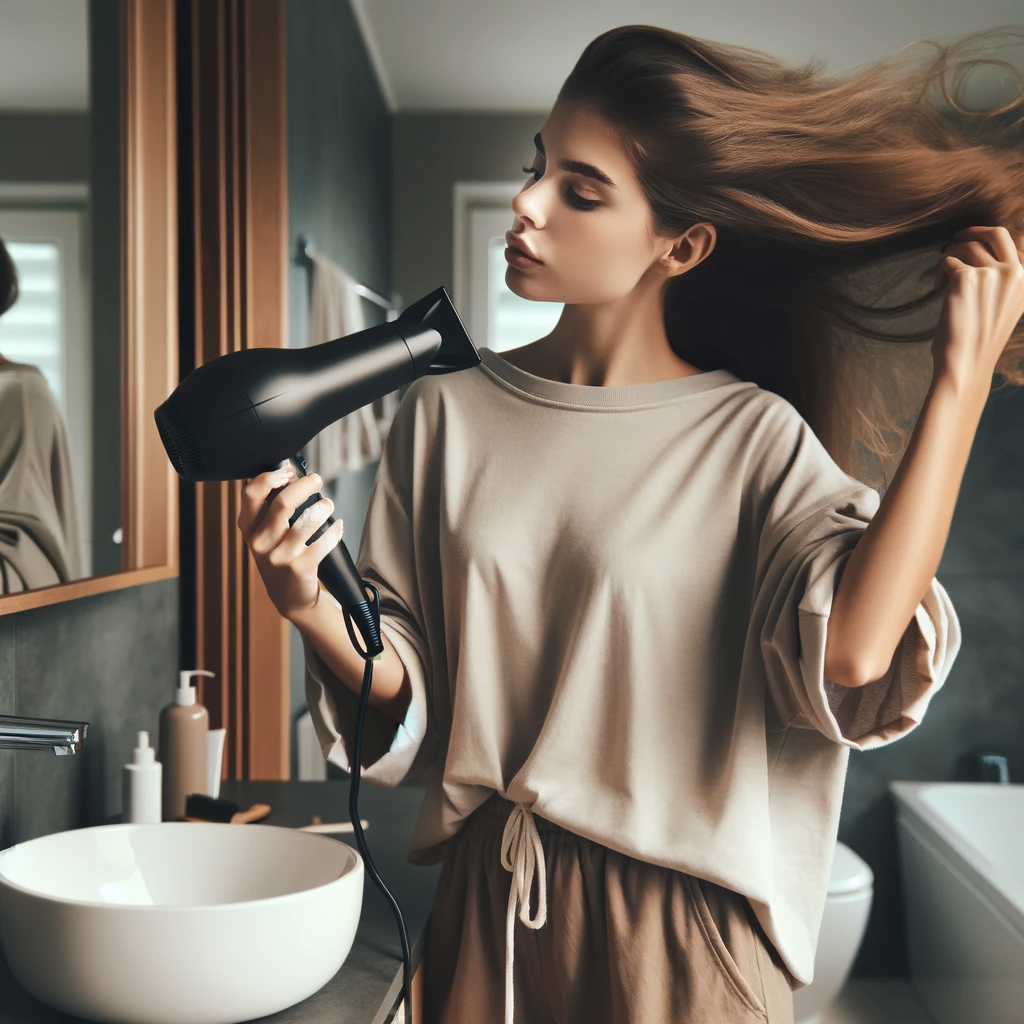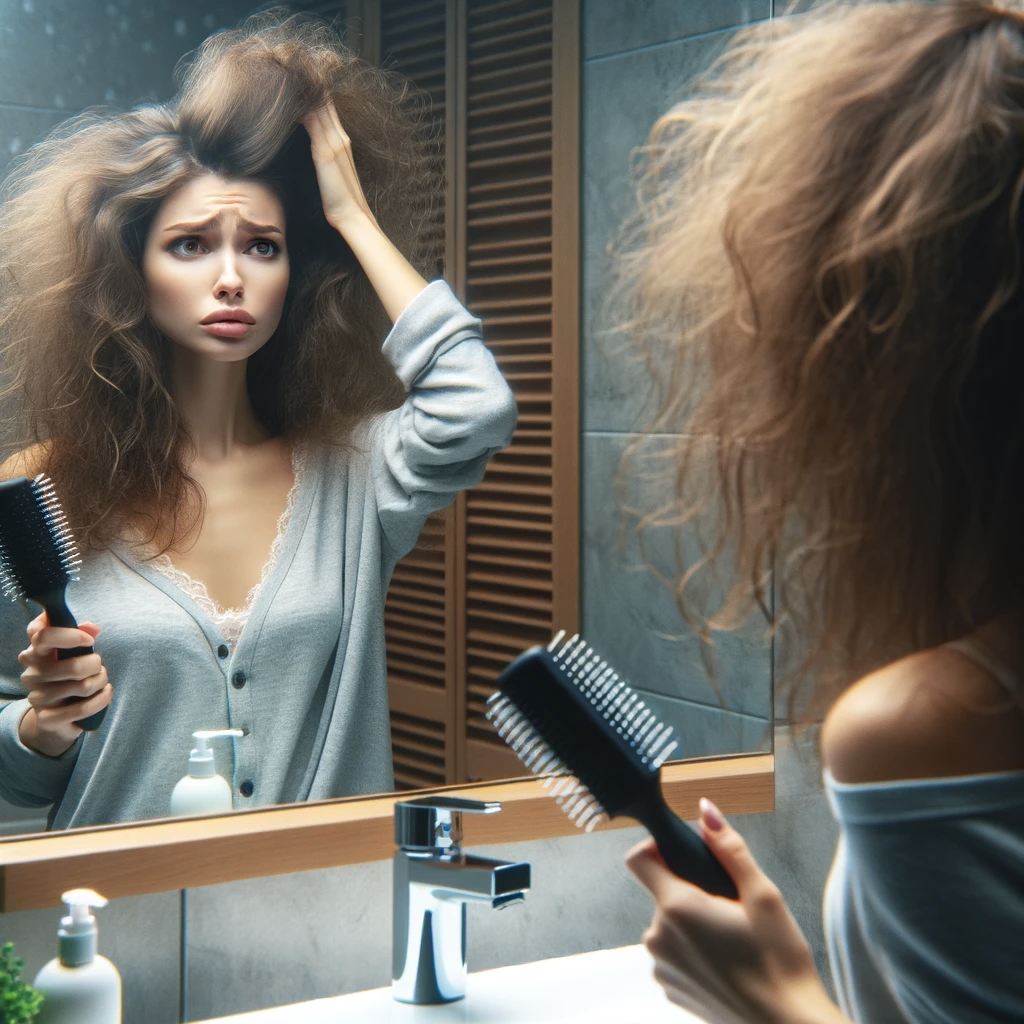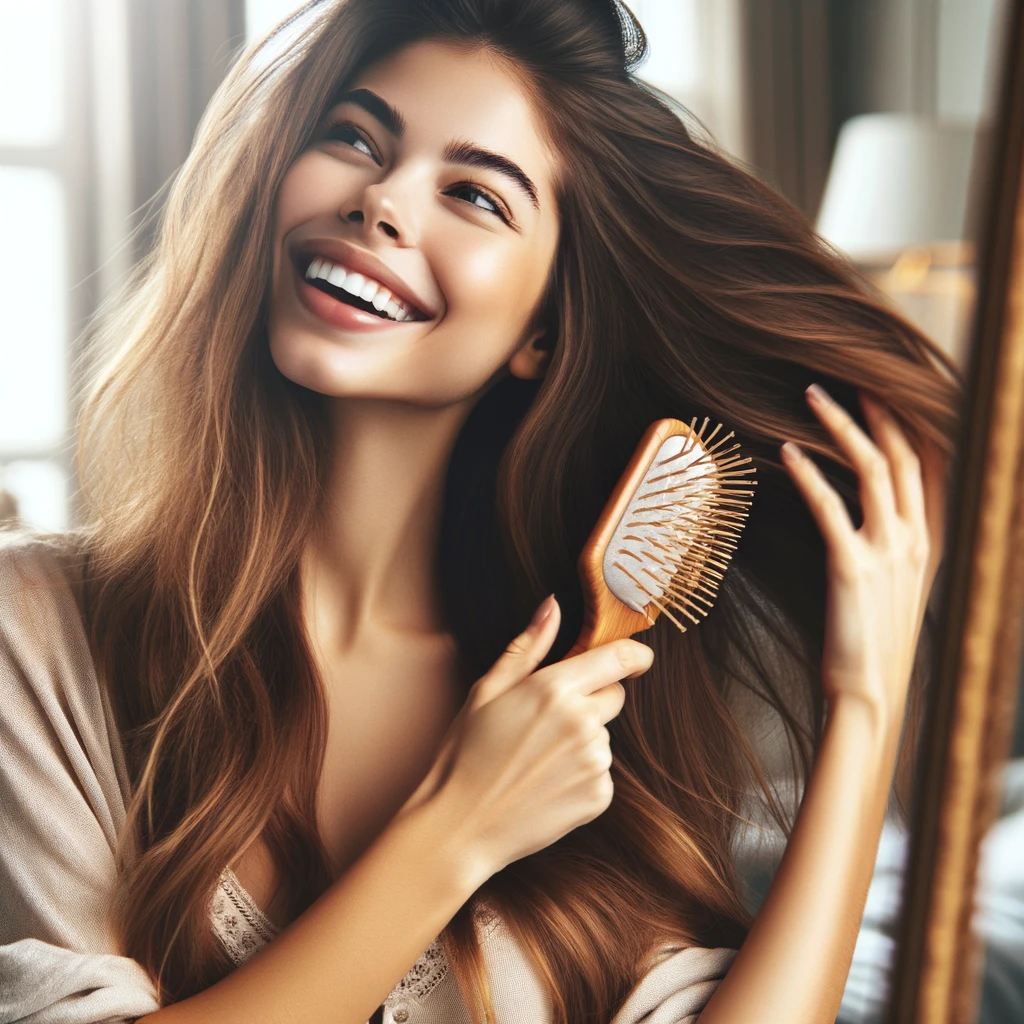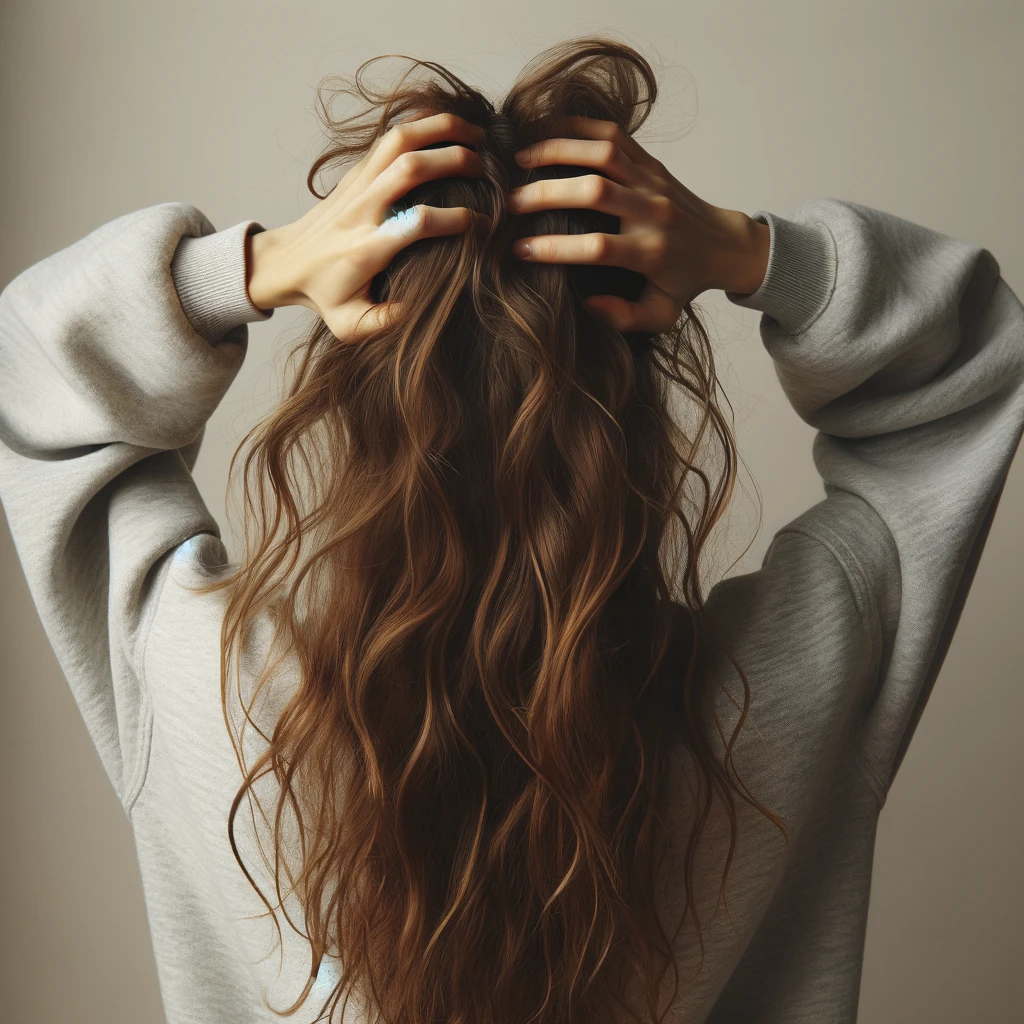How to Repair Damaged Hair: Expert Solutions

In this article:
If you struggle with dry, brittle, or lifeless strands, you've come to the right place. We'll examine the root causes of hair damage, identify different types of damage, and provide you with expert solutions to restore your hair's health.
What is Damaged Hair?
Damaged hair is a weakened hair condition which can result in split ends, dullness, frizz, and a brittle texture. It typically results from heat styling, chemical treatments like dyeing and bleaching, and physical stress, including excessive brushing or tight hairstyles..
Adopting a targeted hair care routine and using products specifically designed for damaged hair can significantly improve its appearance and health.

Damaged Hair Types
Let's explore the main Reasons behind this issue and how to address them.
Heat Damage
- Caused by frequent use of heat styling tools.
- Leads to dryness, brittleness, and split ends.
Chemical Damage
- Results from hair coloring, bleaching, perms, and relaxers.
- Causes extreme dryness, breakage, and texture changes.
Mechanical Damage
- Comes from rough handling, such as excessive brushing and tight hairstyles.
- Leads to breakage, especially around the hairline, and knots.
Environmental Damage
- Caused by exposure to sun, pollution, wind, and cold.
- Results in faded color, increased dryness, and fragility.
Each type affects your hair differently, leading to various signs of wear and tear.
What Causes Damaged Hair?
Understanding the root causes of damaged hair is essential when pondering how to repair it.
Here are the common causes of hair damage, providing insights into how each factor affects hair and offering tips for prevention and care.
Hair Dye and Bleach
- Chemical treatments, including dyeing and bleaching, strip hair of its natural moisture, leading to coarse and dry strands.
- Prevention: Opt for dyes close to your natural color, extend the time between dye jobs, and use color-safe shampoos.
Heat Tools
- Regular heat styling tools can "cook" hair fibers, causing them to become brittle and prone to breakage.
- Prevention: Use lower heat settings, apply heat protectants, and limit the use of these tools.
Not Getting Regular Trims
- Skipping haircuts can lead to split ends, traveling up the hair shaft if left untrimmed.
- Prevention: Regular trims are crucial to remove split ends and maintain hair health.
Excessive Detangling
- Roughly detangling hair, especially when wet, can cause breakage and damage.
- Prevention: Use a wide-tooth comb and detangle gently, starting from the ends up.
Lack of Proper Hair Care Routine
- Not following a hair care routine suited to your hair type can lead to damage over time.
- Prevention: Use products tailored to your hair needs and incorporate deep conditioning treatments.
Tight Hairstyles
- Styles like tight ponytails or braids can lead to scalp tension and hair breakage.
- Prevention: Opt for looser hairstyles and use soft hair ties to reduce stress on your hair.
Brushing Wet Hair
- Wet hair is more elastic and prone to breakage, making brushing risky.
- Prevention: Avoid brushing when wet or gently use a wide-tooth comb.
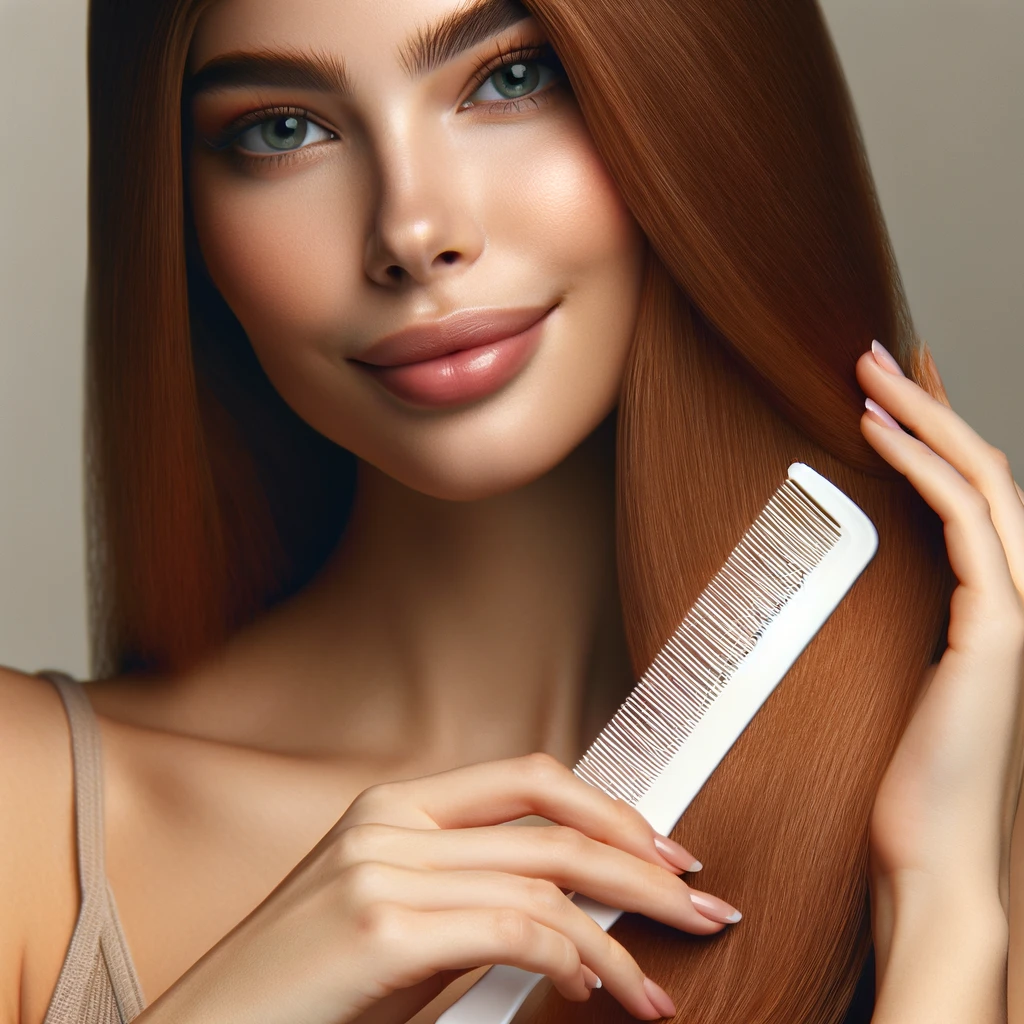
How to Fix Damaged Hair?
Repairing damaged hair requires focusing on gentle care and nourishment to restore health and vitality. Here are practical tips tailored to different hair types and concerns:
- #1. Natural Oils: For deep hydration and repair you can opt for natural oils like marula oil. Its rich antioxidants and oleic acids are perfect for nurturing brittle, dry hair back to health.
- #2. Hair Conditioner: Incorporate hair growth conditioner into your routine. Its formula is designed to support hair growth while providing the moisture-damaged hair desperately needs.
- #3. Apply Hair Serum: Apply a hair growth serum to target damaged areas specifically. This serum can help strengthen hair follicles and promote healthier growth.
- #4. Understand Your Hair Washing and Conditioning Frequency: Washing too often can strip hair of natural oils, while too infrequent can lead to buildup. Find a balance that keeps your scalp healthy without drying out your hair.
- #5. Wash with Lukewarm Water: Hot water can further damage your hair. Lukewarm water helps to clean effectively without causing additional dryness.
- #6. Air Drying: Whenever possible, let your hair air dry. It's the most gentle way to dry your hair, reducing the risk of heat damage.
- #7. Use a Silk Pillowcase: Silk pillowcases reduce friction, which can cause breakage and frizz. They help keep your hair smoother and less tangled.
- #8. Proper Hair Hydration: Stay hydrated internally with plenty of water, and use hydrating hair care products to maintain moisture balance.
- #9. Blow Dry from a Distance: If you must use a blow dryer, keep it at least 6 inches away from your hair and in a more relaxed setting to minimize damage.
- #10. Use Heat Protector: Always apply a heat protectant before using heat styling tools to shield your hair from high temperatures.
- #11. Choose the Right Shampoos and Conditioners: Select products formulated for your specific hair type, whether curly, straight, thick, or fine, to ensure proper care.
- #12. Trim Damaged/Split Ends: Regular trims help prevent split ends from traveling up the hair shaft, which can lead to more significant damage.
- #13. Brush Accurately: Use a wide-tooth comb or a detangling brush to minimize breakage, especially when hair is wet and more vulnerable.
- #14. Take Vitamins: Vitamins such as biotin, vitamin E, and omega-3 can support hair health from the inside out.
- #15. Protect from the Sun: UV exposure can harm your hair. Wear hats or use hair products with UV protection when spending extended time outdoors.
- #16. See a Professional: For severe damage, consult with a hairstylist or trichologist. They can offer treatments and advice tailored to your hair's needs.
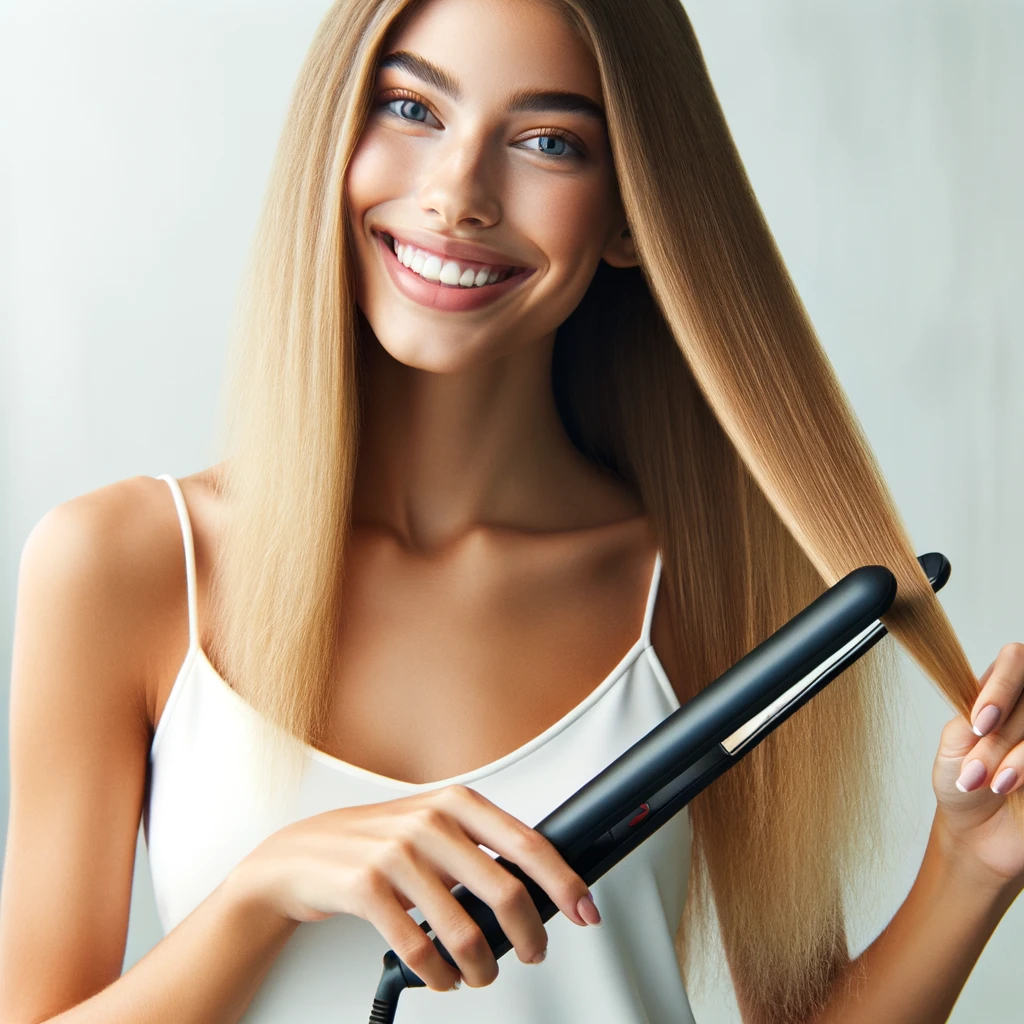
How Long Will It Take to Repair Damaged Hair?
The time needed to repair damaged hair varies widely based on the damage's severity.
Minor damage might improve within weeks with proper care, while moderate damage could take a few months of consistent treatment.
Severe damage often requires cutting off the damaged portion and can take several months to over a year to fully recover, depending on hair growth and health.
Final Thoughts
In summary, repairing damaged hair requires a dedicated approach tailored to the severity of the damage.
Luxe Cosmetics offers a range of products designed to support this journey, notably the Hair Growth Serum, which targets the roots for stronger, healthier hair growth, and the Hydrate & Repair Shampoo and Conditioner, formulated to restore moisture and repair damage.
Incorporating these products into your routine can significantly improve your hair's condition, leading to visibly healthier, more resilient locks.

Josef Mohamed
Josef Mohamed is a Content Marketer and Web Designer with over 6 years of experience.He brings a wealth of knowledge to his work, making him a reliable source for readers interested in practical insights about beauty.His writing style is straightforward, aiming to provide real facts and avoid common myths in the beauty industry.


